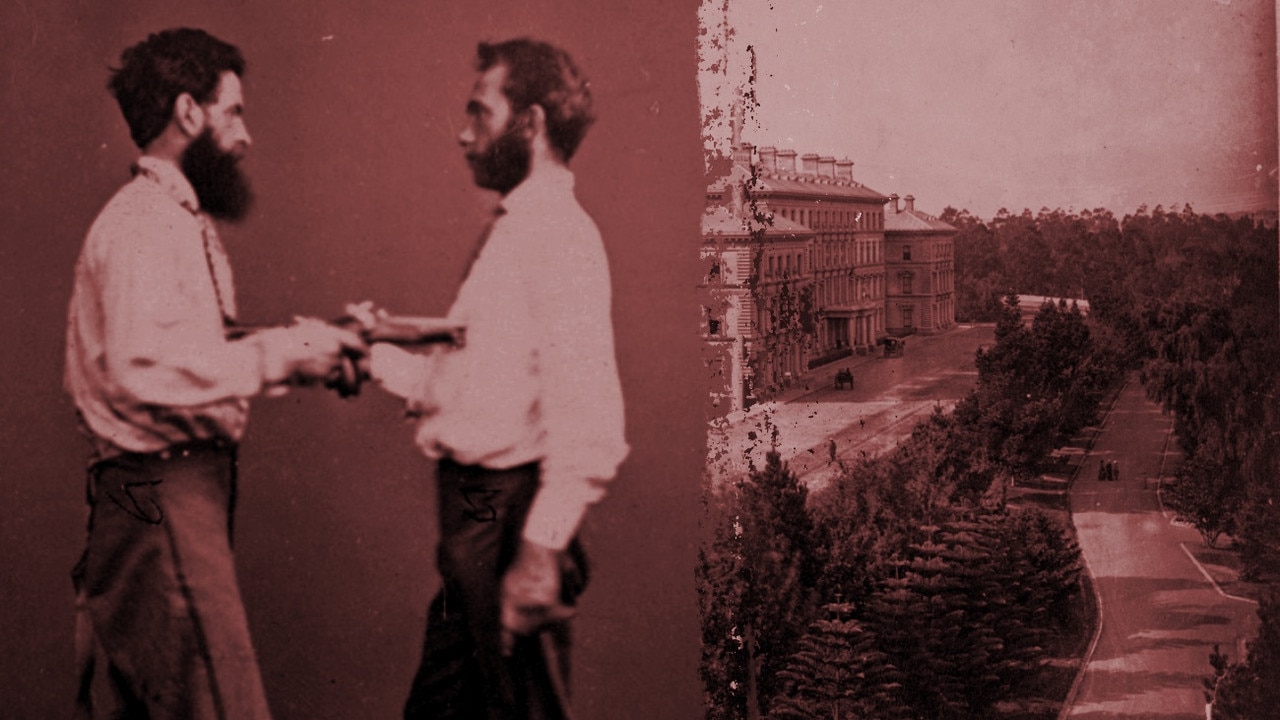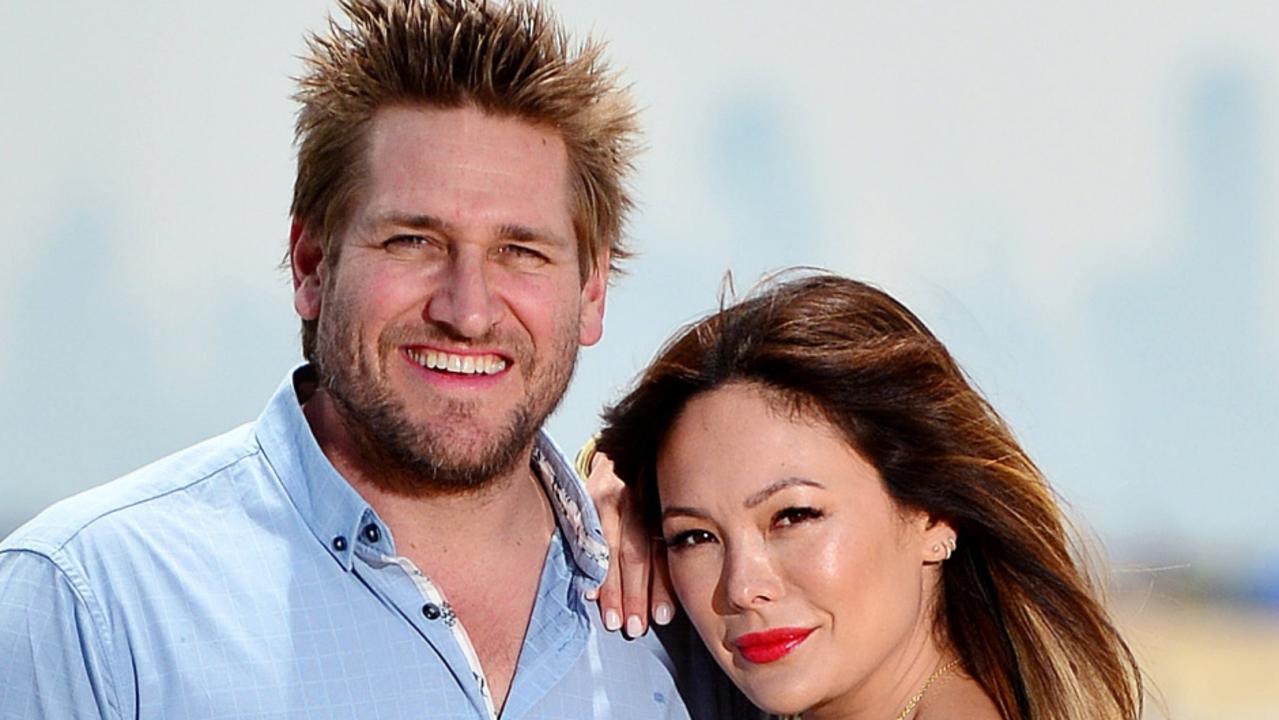Bushrangers and criminality: the notorious history of Melbourne’s Elsternwick Hotel
BEHIND the neon signs about cheap parmas and quiz night, Melbourne’s Elsternwick Hotel boasts a history of bloodthirsty bushrangers and criminality.
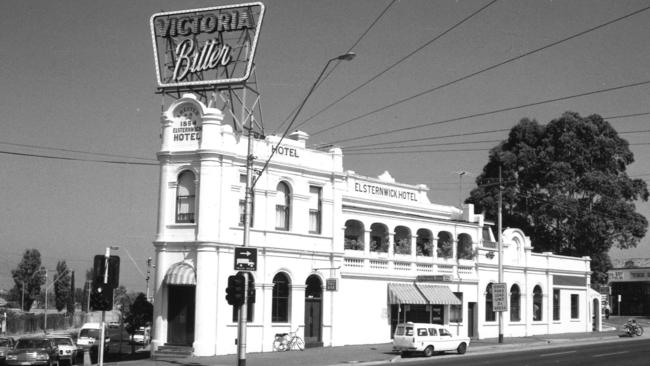
Melbourne
Don't miss out on the headlines from Melbourne . Followed categories will be added to My News.
BEHIND the neon signs about cheap parmas and quiz night, Melbourne’s Elsternwick Hotel boasts a history of bloodthirsty bushrangers and criminality.
The pub sits proudly on corner of Brighton and Glenhuntly Roads, a bustling intersection on the border between Elwood and Elsternwick in the city’s southeast.
Inside people feed poker machines and quietly sip pints of beer, unaware they are sitting on one of the most notorious sites in Melbourne’s history.
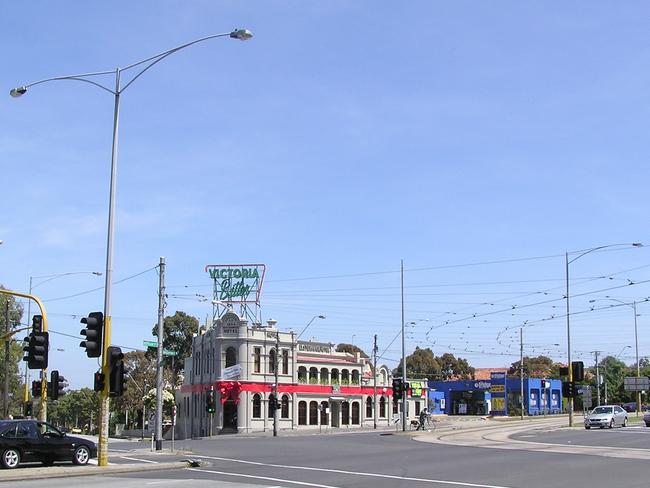
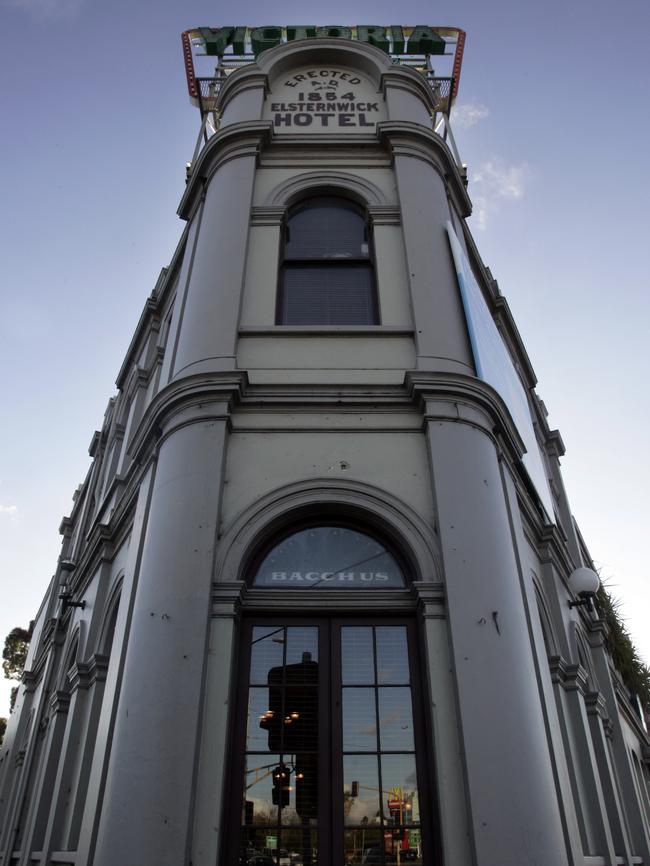
Built on an isolated track between Melbourne and the Mornington Peninsula (which is now Brighton Road), the pub was a favourite of bushrangers because of its relative isolation, says Melbourne historian Becky Aizen in her book about some of Melbourne’s best known watering holes.
Before the pub was built, the area was terrorised by the Brighton Road bushrangers; a gang Melbourne’s earliest newspaper The Argus, called “blood thirsty wretches”.
On a sunny afternoon on October 16, 1852, 19 people were robbed at gunpoint on the site where the Elsternwick hotel now stands.
Bushrangers posing as bird hunters greeted passing citizens with a smile and a tip of the hat and then ordered them deep into the scrub where they were beaten, tied together and robbed.
This crime in broad daylight was the subject of a famous painting by William Strutt which encouraged the public outcry for greater law and order and allegedly sped up the formation of the Victorian police force, according to the St Kilda Historical Society.
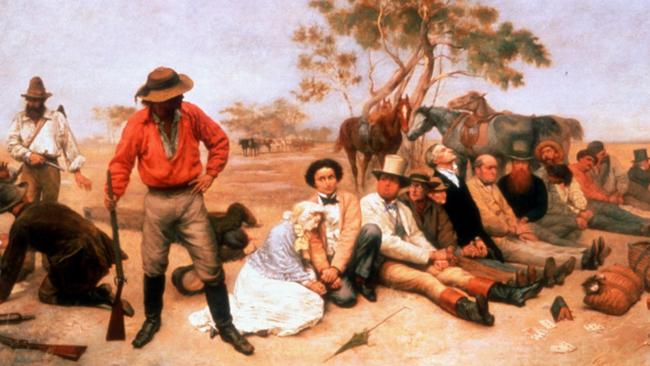
The police responded to news reports of their inefficiencies with their own reign of terror; holding up anyone found in the area after dark.
Despite this, no bushrangers were ever found; no-one ever convicted, The Argus reported.
In 1854, at the height of the criminality, Thomas McCombie and Robert Keys acquired land and built the Elsternwick Hotel.
Both the hotel and its immediate surrounds were notorious for robberies and Victoria’s 22nd Premier, Thomas Bent, was once held up and tied to the red gum opposite the hotel.
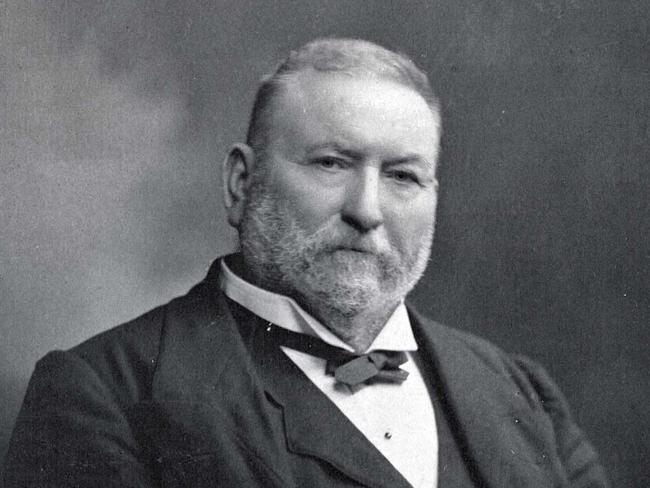
Over its 160-year history the hotel has had many licensees.
The first was John Fleming but the second — and probably most notable — was Henry Figsby Young, responsible for purchasing the controversial nude painting Chloe.
The painting now hangs in the iconic Young and Jackson hotel on Flinders Street, which was owned by Young’s son Henry Figsby Young Jnr.
The Elsternwick Hotel was where he grew up watching his father and learning the ways of the publican.
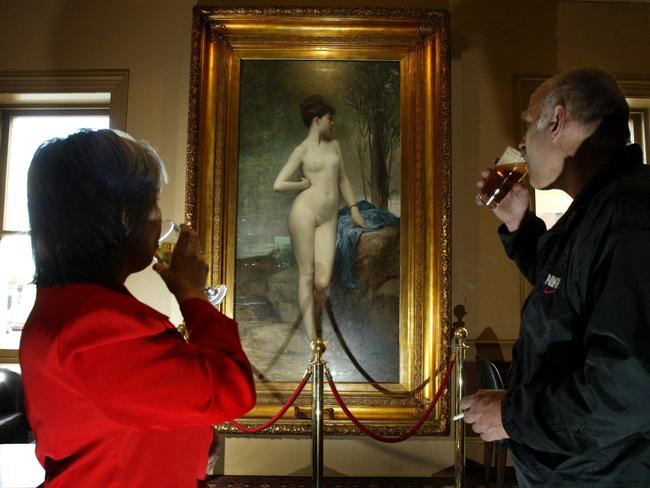
In 1951, the hotel was crowned with its iconic Victoria Bitter Sign.
However the bright flashing bulbs — luring drivers to a crisp cold beer — proved too distracting and the local traffic authority ordered the hotel to turn them off.
The sign joined neon sign royalty in 1996, when it was added to the National Trust alongside the skipping girl and the Nylex clock.
Share your favourite memory of time spent at the Elsternwick Hotel in the comments below.

